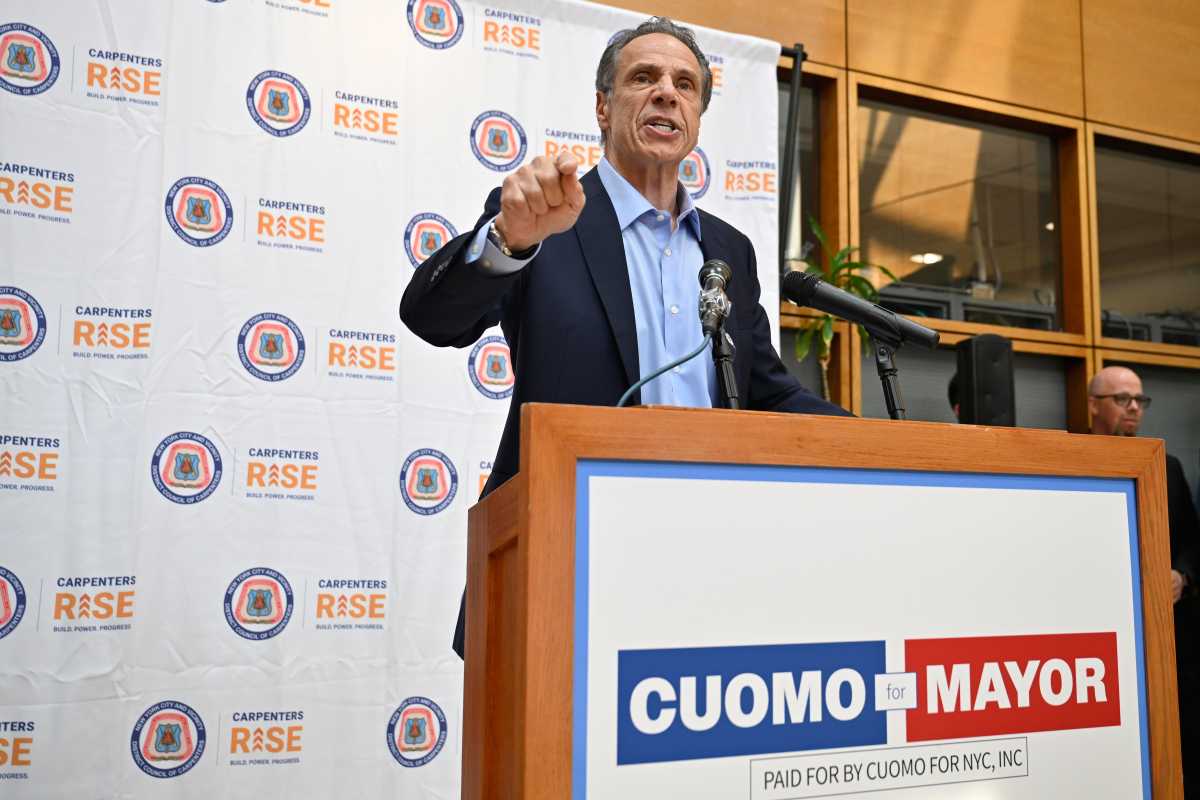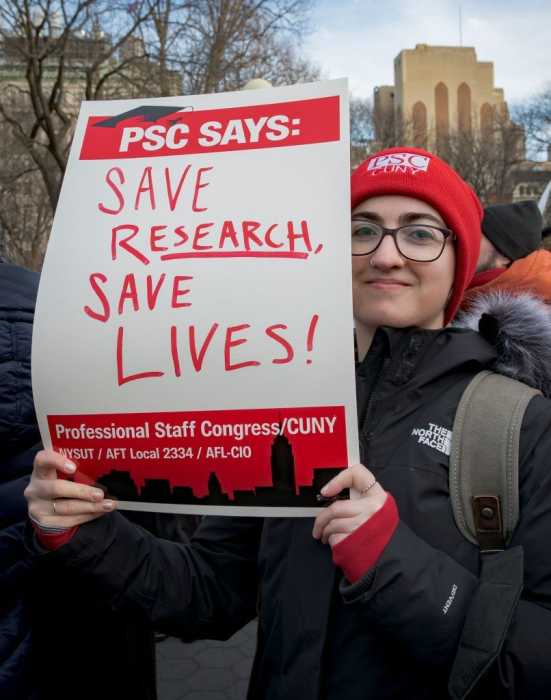By The Greater Astoria Historical Society
On July 20, 1917, the first train ran from 57th Street in Manhattan to Ditmars Boulevard in Queens. The trip over the bridge took eight minutes. It carried only city officials and chamber of commerce members and made no stops.
Its progress was a triumph as both bridge pedestrians and track workers cheered as it made its way along the 20-minute trip. The Queens Chamber of Commerce, which played an active role in the line, touted the success of the fifth link between Manhattan and Queens — the others were the Queensboro Bridge, the Pennsylvania Railroad, the Steinway subway tubes and the Hell Gate Bridge.
Members recalled that when the project seemed stalled with a lack of railroad ties, they dispatched an agent who found the cars filled with ties outside of St. Louis. It seemed the war effort had fouled the rail network. After straightening out the mess, the agent sent the train to New York.
On July 23, after waiting nearly a decade for service, the line opened and immediately drew criticism from the community. The first train from Ditmars Boulevard unexpectedly stopped at Bridge Plaza, where sleepy passengers were ordered off.
Staring in disbelief, they watched as the dispatcher sent the three cars clattering over the Queensborough Bridge with no passengers. Returning from the plaza, passengers got angry when they had to wait a half hour to get back to Ditmars. Later that evening, their woes increased when they discovered the Ditmars line, like the rest of the Second Avenue system, virtually shut down at midnight.
The following day, the first impressions of the new elevated line were in. Headlines were negative: “Astorians object vociferously to Bridge Plaza Station” and “New ‘el’ service inadequate, crush at Plaza.” It seemed that the morning rush, spread over several hours, was not the true test for the system. The evening commute, between 5:30 p.m. and 6:30 p.m., proved to be the busiest hour, and thousands crowded into the elevated station.
l
The week of July 16 saw the first draft of World War I with a planned 750,000 young men about to be drafted, raising the military members to 1.5 million. The courts were looking at claims by the Northern states that their quotas were padded. The government claimed more young men live in industrial areas than other parts of the country, justifying those adjustments.
The papers were filled with useful information on how the draft was to be carried out, who would be exempt from service and how the medical examinations were to be conducted. Of the 40,000 Queens residents in the first lottery, about 7,000 were called.
A draft board at Myrtle and Cypress avenues in Ridgewood, which had processed 2,000 applications during the day, got permission to stay open late July 20 so it could process the backlog of that first week.
The work progressed slowly. Only six men could be let in at a time. After 500 young men impatiently waiting outside and started pushing to get to the front of the line, a plate glass window gave way. Soon police reinforcements arrived, the glass was cleaned up and order was restored.
For more information, call 718-278-0700 or visit astorialic.org.




































